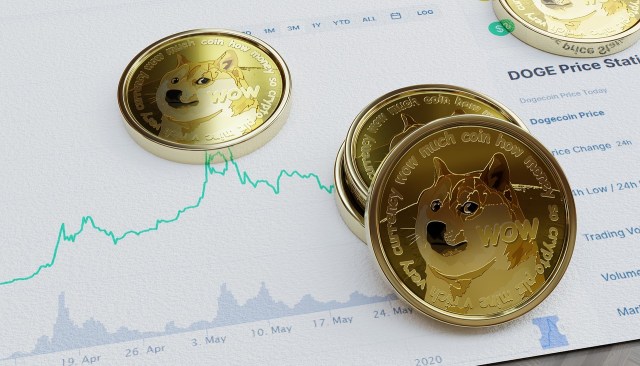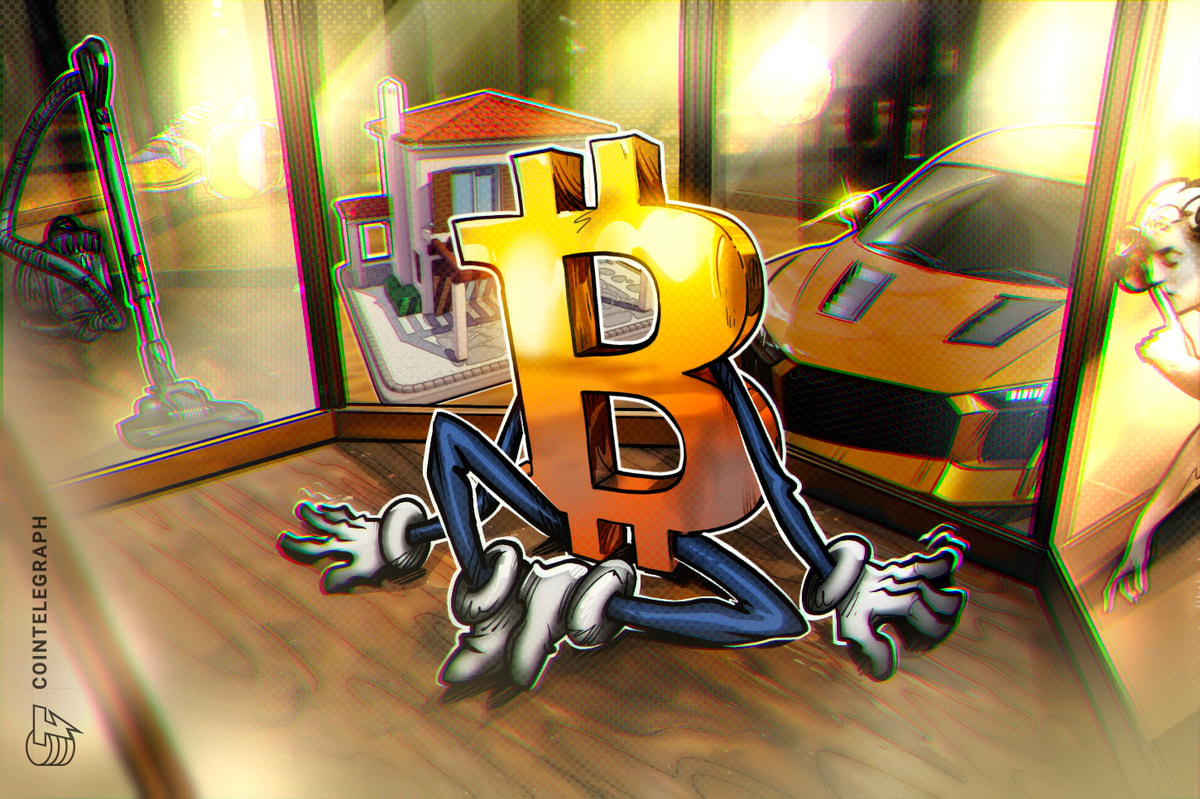The memecoin market has been booming this year. It’s practically the only sector of cryptocurrency that’s been booming during this Bitcoin (BTC) halving cycle. In some ways, it’s reminiscent of the GameFi narrative during the last cycle — a phenomenon that I happened to predict right before it took off.
However, despite the enthusiasm for memecoins, there is a strong case to be made that they are not the best investment vehicle to drive a bull run. It would be more encouraging for the market’s long-term health if new investors would redirect their attention to real-world assets (RWAs) and artificial intelligence (AI), which are much more sustainable.
Memecoins are generally designed to be light-hearted and fun. You can think of them as the crypto cousins of meme stocks like AMC and GameStop. Some well-known examples of memecoins include Dogecoin (DOGE) and Shiba Inu (SHIB) — I consider them the OG memecoins.
Related: It's time to ditch Bitcoin Power Law Theory
It's been a long journey since Dogecoin, but the memecoin sector has grown so big in a short time. In March 2024, there were only about 2,000 memecoin projects. Only around 1,000 of these were liquid, meaning they had trading volumes higher than zero. As of August, around 1.7 million tokens had been on the Solana-based memecoin platform, PumpFun.

A study released in June by Binance found that meme coins had risen in value by nearly 600% for the year to date. That figure outpaced Bitcoin over the same period by more than 10 times. A combination of high speculative activities and the celebrities behind some of it has contributed to the growth of memecoins. These tokens are also a widely discussed topic on social media: Mentions grew by more than 50% during the timeframe Binance studied.
Celebrities have contributed by leveraging their influence to promote meme coins in their name. Tokens like MOTHER by Iggy Azalea, RNT, Top G by Andrew Tate, JASON by Jason Derulo, Waka Flocka by Flocka, and Timeless Davido by Davido are some of the celebrity memecoins you'll find listed on CoinGecko. I've been an active investor for many years now and have invested in some of the top projects in the industry, but like most other heavy crypto users, I also invested in JASON and MOTHER — to the tune of $100,000.
Are memecoins sustainable?
Memecoins have attracted the most liquidity in this cycle, and it has inspired the industry to question whether memecoins are a sustainable (or ideal) investment vehicle for the future. The memecoin party has been mostly powered by a short-term mindset. People are looking for quick investment schemes to cash out. While that's not necessarily a bad thing, it contributes to the fear of missing out (FOMO) in the memecoin scene. This FOMO is one of the biggest reasons why the memecoin market has seen this much growth.

The average price growth of memecoins over the first quarter of 2024 (more than 1,300%) was 4.6 times more profitable than the second most profitable narrative, RWAs (which gained a little under 300%). I believe this gap will flip soon. The blockchain industry cannot grow solely from liquidity generated by the memecoin bubble. Very few of those tokens are profitable. One report released in August indicated that around 97% of memecoins ever created have ceased to exist — and more than 2,000 disappear monthly.
Related: A few lessons I learned as an institutional trader
The blockchain industry will only grow from real liquidity catalysts in sectors including RWA and AI. These are sustainable areas capable of carrying the industry forward. The reasons are simple: With RWA, real assets are getting tokenized on blockchain. The AI market, meanwhile, will be worth $297 billion in 2027, according to research by Gartner, seeing a compound annual growth rate of 19.% over the next several years.
The memecoin sector's rapid growth has been impressive, but it isn’t the sector that will give the industry the kind of sustainable liquidity it needs to move forward. Tokenizing trillions of dollars worth of real estate, fine art, and other expensive collectible assets will accomplish what memecoins cannot — as will AI-powered projects that bring authenticity, augmentation, and automation to businesses on the blockchain. These are the sectors that will drive the next bull market.
This article is for general information purposes and is not intended to be and should not be taken as legal or investment advice. The views, thoughts, and opinions expressed here are the author’s alone and do not necessarily reflect or represent the views and opinions of Cointelegraph.









